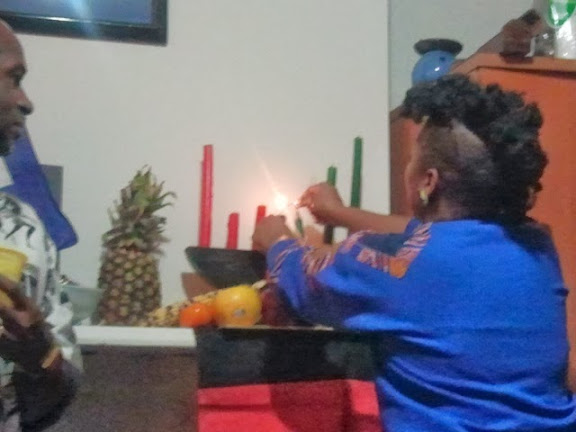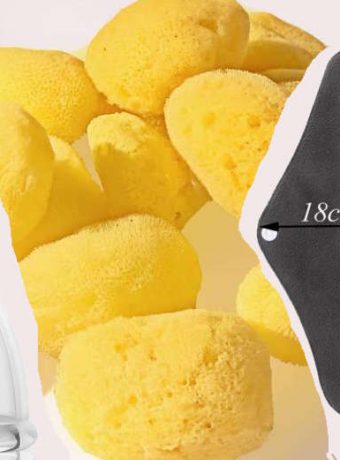If I go by the first day of 2014, this will be a great year full of inspirational new things to experience as it was only a few hours into its beginning, when I received a spontaneous invitation. Brother Solwazi, the accomplished photographer who also shot the Going Natural Hair models last summer, invited me to join a private Kwanzaa ceremony. Although, I knew about Kwanzaa and even went to the National Museum of History celebration last month, I had never been to a Kwanzaa ceremony before.
If I go by the first day of 2014, this will be a great year full of inspirational new things to experience and great new people to meet as it was only a few hours into its beginning, when I received a spontaneous invitation. Brother Solwazi, the accomplished photographer who also shot the Going Natural Hair models last summer, invited me to join a private Kwanzaa ceremony. Even though I knew about Kwanzaa, and went to the Museum of Natiural History, to celebrate Ubuntu, last month, I had never been to a Kwanzaa ceremony.
As a woman who grew up in Suriname, I only learned about Kwanzaa a few years after moving to the US. Although it seemed interesting to me and I even joined a Kwanzaa fair once, I didn’t really know the meaning behind it nor the origin of these festivities. All I really knew was that it was a Christmas-like celebration based on certain principles, that fruit and a candle were symbolic to the celebration and that the principles based on love and understanding were more important than giving expensive gifts.
Excited to start the year off with something new, I said yes to the invitation and I am thankful I did because as an expert ceremony leader, Brother Solwazi and his two adorable sons turned out to be the perfect family to help me further understand what Kwanzaa is all about.
Funny enough, I celebrated my first Kwanzaa Ceremony on the last day of Kwanzaa, Imani. Imani, the 7th principle of Kwanzaa, means faith. So, it was in this spirit that Solwazi, his family and a few of his friends came together to celebrate and conduct the ceremony. As familiar as I was with the candle holder and the fruit because of the Kwanzaa flyers and pictures that circulate, I never realized that they symbolized something, nor was I aware of the other symbols like the unifying cup or the mat that stands for the foundation based on our traditions and history.
Learning the deeper meaning of Kwanzaa was not just interesting, I felt enriched by what was taught and also by the company I was in. Even before the ceremony began I was drawn in by the topics this circle of friends was discussing. From women’s rights, to politics and music, it was all food for thought. The ceremony when everyone shared a personal story in connection to Imany only solidified my belief that I was in good company and it inspired me to be more aware of basic simple rules that can make anyone a better person.
So for 2014 as my friend Maitefa Angaza would say Kwanzaa: From Holiday to Every Day, I will strive to incorporate the seven principles of Kwanzaa in my daily live. The way I see it, these easy principles are not only universal, they make sense and can help everybody: Unity, Self Determination,Collective Work and Responsibility, Cooperative Economics, Purpose, Creativity and Faith.
Happy 2014!





